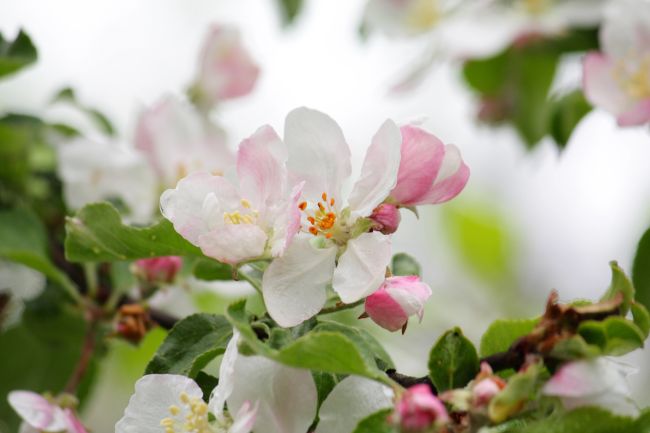Spring Fruit Tree Care

A Simple Guide for Apples, Pears & Other Flowering Fruit Trees
As we move into spring, it’s the perfect time to give your apple, pear, and other flowering fruit trees a little attention to set them up for a healthy and productive season. If you’ve already taken steps over winter—such as applying a winter wash you’re off to a great start. This winter wash would have helped clear away overwintering pests and their eggs, giving your trees a cleaner slate. If you have not yet winter washed your tree then its best to wait until early next winter now.
1. Apply Grease or Sticky Bands
Next, it’s important to place grease bands or sticky traps around the main stem of the tree—about 200mm (8 inches) above ground level. These traps are highly effective against crawling pests like winter moth caterpillars, which can do considerable damage to young buds and leaves.
2. Feed with General Fertiliser
Now’s the time to give your trees a good early feed. A couple of handfuls of Grow More Fertiliser sprinkled around the base will do nicely. It’s a balanced feed that encourages strong root and shoot growth and will be gradually washed in by spring rains.
3. Switch to Tomato Feed in Mid-April
As you move into mid-April, start feeding your fruit trees with a liquid tomato feed once every couple of weeks. Tomato feed is high in potash, which is essential for strong flower and fruit development. This will help the tree convert its blossom into quality fruit.
4. Water During Dry Periods
With spring looking like it’ll be on the dry side this year, give your trees a good soak after flowering starts to finish and the fruit starts to form. A dry spring or spring drought can cause young fruit to be dropped prematurely—a tree’s natural response to stress. A timely watering as the fruit setts can prevent this and ensure more fruit reaches maturity.
5. Add Pheromone Traps
Come late spring, hang pheromone traps in your trees. These are a great tool for catching pests like codling moths before they lay eggs in developing fruit. It’s a simple, chemical-free way to reduce pest damage through the season.
6. Companion Planting & Mulching
Finally, consider mulching around the base of your trees to retain moisture and suppress weeds. While you’re at it, sow some calendula and nasturtium seeds. These companion plants attract beneficial insects like ladybirds and lacewings, which feed on aphids and other tree pests. Nasturtiums can also act as a trap crop, luring aphids away from your fruit trees.
In Summary:
- Grease bands? Install them now.
- Feed with Grow More fertiliser, then switch to tomato feed in April.
- Keep your trees watered in dry spells.
- Use pheromone traps to control pests.
- Mulch and companion plant to boost health and pest resistance.
With just a bit of effort now, your fruit trees will reward you with a generous and healthy harvest later in the year.




















